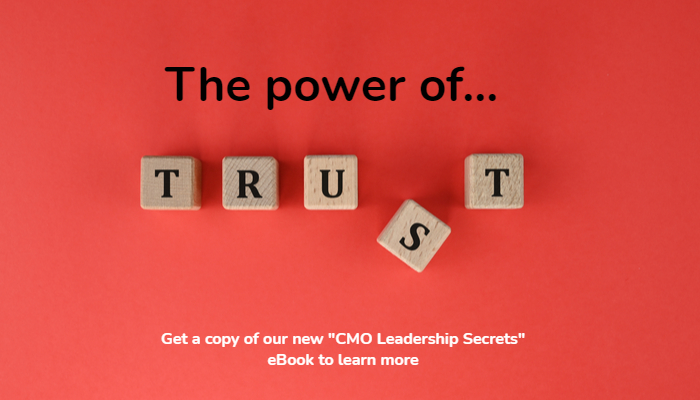Providing effective marketing leadership means building a high-functioning marketing team where the members have the tools they need to thrive and achieve your department’s goals — and ultimately, your organisation’s vision. But even with the right tools in hand and the right processes in place, if you are not monitoring and measuring your team’s progress, success is likely to elude you. This is where access to relevant and accurate data on the performance of your team is critical.
--- Want the full story? Download our new eBook today: “CMO Leadership Secrets – How Marketing Directors Can Build and Grow a Successful Team”. ---
Using a scorecard to monitor and improve
Much like playing a game of basketball or tennis without keeping score, doing your work without measuring its effectiveness can have an impact on motivation. Everyone wants to know if they are winning. But to do this, you must keep score.
To get a consistent and accurate read on what is working and what is not within your department — and without relying on subjective opinions — work with your team to create a scorecard to track and measure key metrics that help define what success looks like. These could be common marketing KPIs, such as “total leads generated”, “cost of customer acquisition”, “customer lifetime value”, or some other measurement. It’s also likely that some of your measurables will be tied to "production" factors related to the effective and efficient operation of your department (rather than just the outcomes of your work). The scorecard will reveal when you the team are on track and where you may have gone awry.
Build your scorecard together
It is important to involve all team members in the development of your scorecard metrics — even if you as the Marketing Director already have a solid idea of what they should be — to ensure everyone understands and is committed to achieving them. When team members have the opportunity to shape these, you benefit from increased buy-in when it comes to using the scorecard, as well as from insights provided by those closest to the work.
User beware, however: There can be a tendency to want to measure too many metrics at once. Be careful not to overdo it, as this can water down your impact. Five to ten metrics are usually enough to give you an idea of where you are seeing success as well as where you can quickly act to seize any opportunities or fix any issues. After all, if everything is a priority, nothing is.
Be ready to learn and iterate
Flexibility is also important when it comes to establishing your scorecard, as you learn more about what metrics provide the most insight for your department and make adjustments over time. At BioStrata, we are currently on the third iteration of our scorecards, as we’ve learned over time what makes the most sense for us to measure as it relates to our shared goals. Our recommendation: Set them and live with them, at least for a while — then iterate as necessary.
Scorecards are an analysis tool – not a (de)incentive scheme
At BioStrata, we use scorecards as neither a carrot nor a stick; instead, it is more of a magnifying glass. We apply our scorecard metrics to help determine and measure where processes are working well and, conversely, where they may not be. Rather than using it as part of an appraisal system to incentivise or punish employees, we use our scorecard to define what is important to us and guide our work. It serves as a mechanism for revealing when and where issues arise and, most importantly, why we’re not performing at the level we want to be. Armed with this information, we are able to work together to brainstorm how to adjust our approach and get back on track.
This is the true value of the scorecard — its ability to allow you to easily and regularly take your marketing department’s pulse in real time and make adjustments, enabling you to provide clear direction and increase your team’s productivity. This leaves your team to focus on what is most important: helping your company realise its impact across the life science sector through high-impact marketing activities.
Want to learn more? Download our eBook on how to build and grow successful marketing team. Download our eBook to today.




